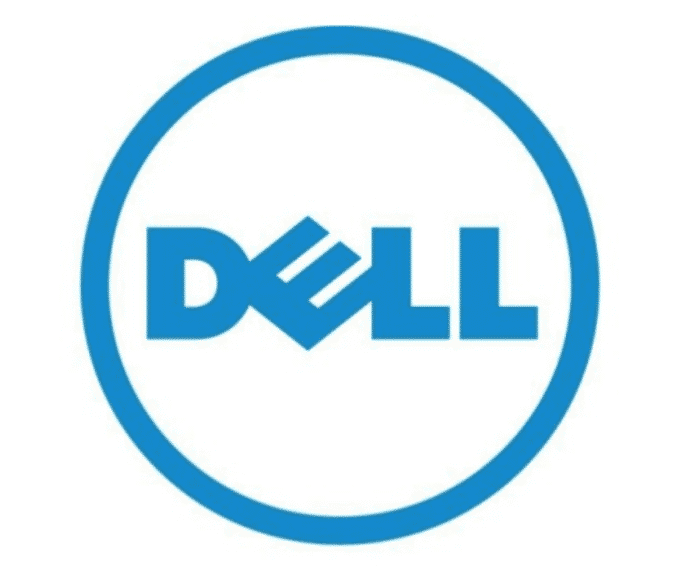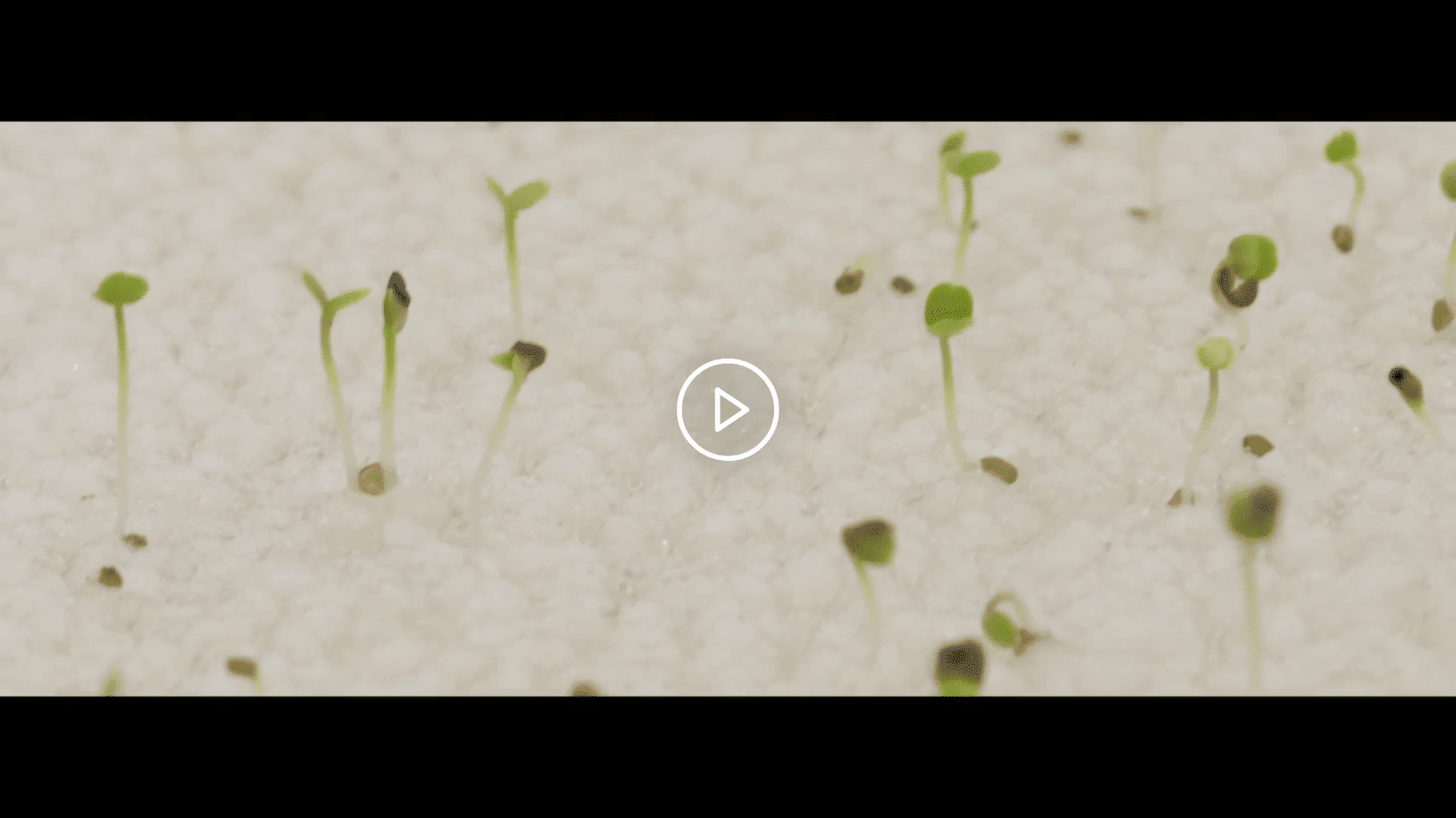AeroFarms and IMS Evolve are using innovative Dell Internet of Things (IoT) solutions to protect global food supplies.
In the past 40 years, the world has lost one-third of its arable land due to erosion and pollution. Industrial farming methods are degrading soil far faster than nature can rebuild it and compromising other natural resources. Globally, 70 percent of fresh water is used for agriculture. Meanwhile, the world’s demand for food is rapidly increasing. According to the United Nations’ (U.N.) Food and Agriculture Organization (FAO), the world will need to grow 50 percent more food by 2050 to feed a predicted population of 9.7 billion.
Meeting the challenge of feeding such a large population, while conserving resources, will require looking holistically at our agricultural models. One area that stands out is the problem of food waste. The FAO estimates that one-third of the food produced in the world for human consumption every year — approximately 1.3 billion metric tons — gets lost or wasted. The U.N. estimates that reducing this waste by just 25 percent would be enough to feed people who are malnourished.
Two of Dell’s customers, AeroFarms and IMS Evolve, are addressing these problems by using innovative IoT technologies to transform food production and delivery.
Tags: AeroFarms, Dell Technologies, Food Waste, Indoor Vertical Farming




